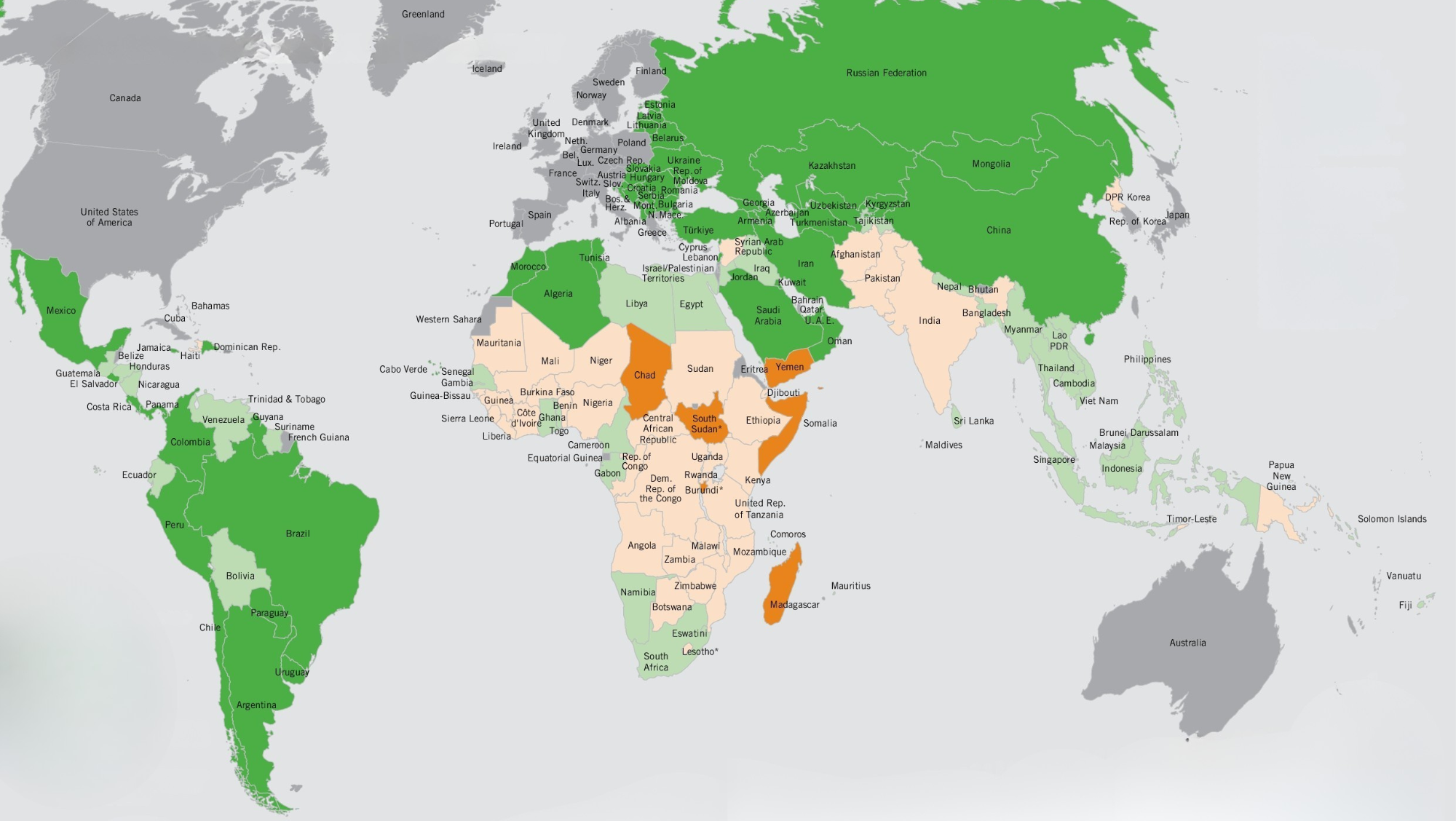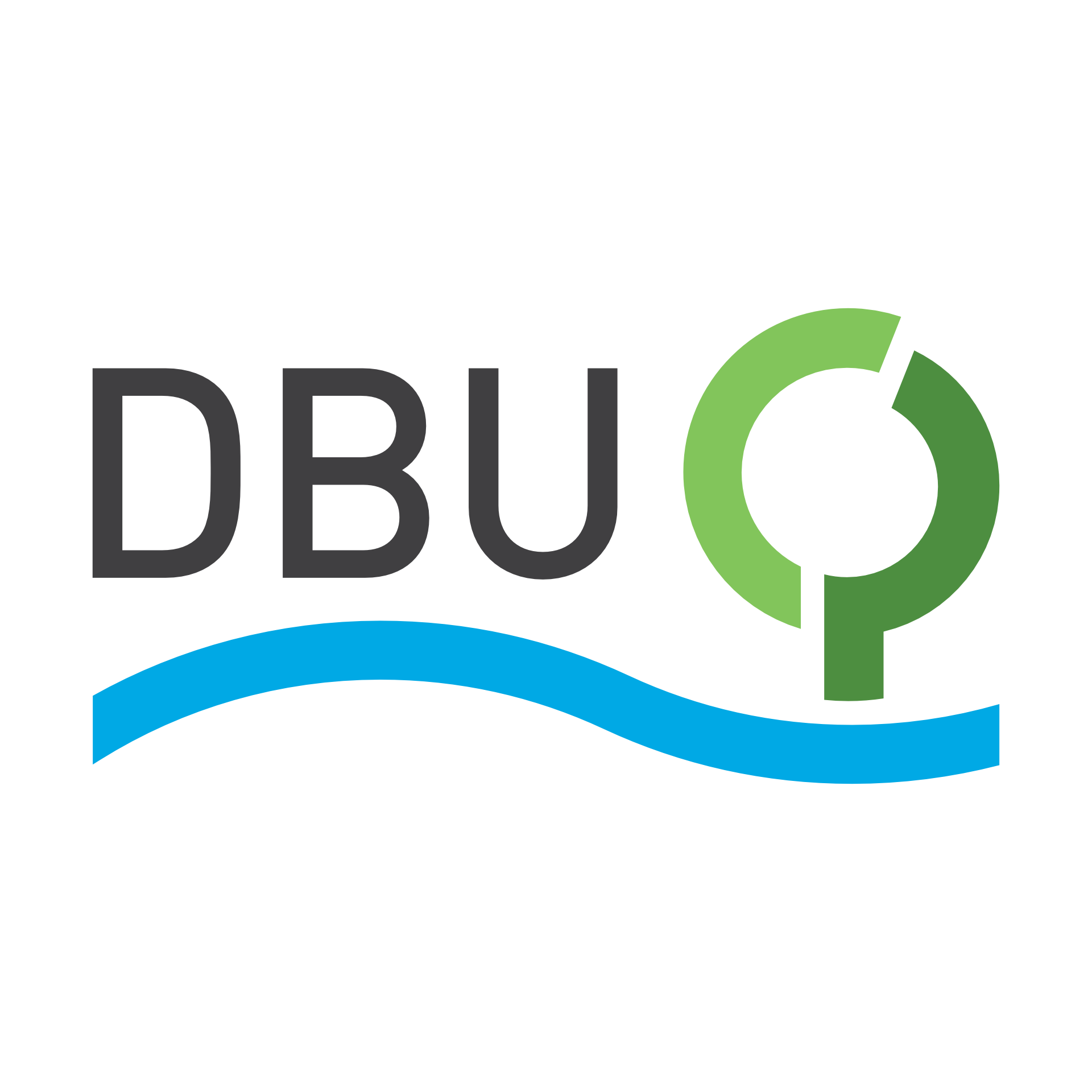SDG 02: Zero Hunger

This Learning World focuses on understanding that hunger and malnutrition are a problem of distribution and that rethinking and transforming global diet choices and agriculture are essential. Furthermore, the importance for our health is stated. The Learning World provides ideas and components that you can integrate into your teaching: An interactive boardstory with complementary exercises, a glossary with the most important terms of the Learning World, additional exercises to consolidate and further reflect on the contents of SDG 2 as well as examples of the connections between this SDG and others.
Boardstory for interactive learning
Educational Material
The Learning Objectives outline the key competencies students will develop by completing this Learning World. They also highlight connections to other topics, encouraging further exploration and discussion beyond this module.
Learning Objectives
Acquiring competencies for sustainable development is part of a lifelong learning process. The boardstory and exercises provided in this learning world initiate this process and help students gain knowledge, reflect and think critically, and take meaningful action. After completing this unit, it is recommended to foster the development of the desired competencies for sustainable development e.g. by teaching further learning worlds. Thus, expanding students’ skill sets further.
With this in mind, the learning objectives of this specific learning world first and foremost aim to develop a basic understanding of the respective SDG and related connections for students aged nine to eleven. Gaining and expanding competencies for sustainable development further is desirable, but can only be achieved through continuous immersion and persistence.
Following the interaction with this Learning World, the students will be able to:
explain the meaning of hunger and malnutrition, their health effects and which groups are especially affected.
research the current amount and distribution of hunger, locally and globally.
discuss the main drivers and root causes for hunger and malnutrition at the individual, local and global level.
recognize that the quality of food is relevant for a nutritious diet and healthy lives.
analyze how a nutritious and sustainable diet could look like (reference to planetary health diet).
reflect on their own dietary choices and values.
discuss the impact of wasting food.
make plans for action to implement changes in their own handling of food.
make plans to speak up for the need of a transformation to sustainable agriculture.
Connection to other SDGs
The 17 SDGs complement each other and should not be viewed in isolation. As such synergy effects can occur, for example an improvement in one of the SDGs can in turn have a positive effect on another. At the same time, prioritizing measures for one SDG can also lead to another goal being neglected. The following overview provides examples of connections between SDGs which can be used to open up new conversations and linking points to take the topic beyond this learning world.
Learning World
SDG 01: No Poverty
Learning World
SDG 03: Good Health and Well-being
Learning World
SDG 04: Quality Education
Learning World
SDG 05: Gender Equality
Learning World
SDG 06: Clean Water and Sanitation
Learning World
SDG 08: Decent Work and Economic Growth
Learning World
SDG 09: Industry, Innovation and Infrastructure
Learning World
SDG 10: Reduced Inequalities
Learning World
SDG 12: Responsible Consumption and Production
Learning World
SDG 13: Climate Action
Learning World
SDG 14: Life below Water
Learning World
SDG 15: Life on Land
Learning World
SDG 17: Partnerships for the Goals
Learning World
SDG Dilemmas
Learning World
SDG Wedding Cake Model















 Before watching the boardstory for the first time, give the students a listening task: "What do you learn in the boardstory?" Possibly with the addition: "Remember at least three things."
Before watching the boardstory for the first time, give the students a listening task: "What do you learn in the boardstory?" Possibly with the addition: "Remember at least three things." Hand out the worksheets "EXPLORING THE BOARDSTORY" from the student workbook to engage the students in the content of the SDG 2 Boardstory.
Hand out the worksheets "EXPLORING THE BOARDSTORY" from the student workbook to engage the students in the content of the SDG 2 Boardstory. You can find the current Global Hunger Index online:
You can find the current Global Hunger Index online: 
 Divide the class into small groups and assign each group one of the most affected countries. The students will research the assigned country and how it is affected by hunger.
Divide the class into small groups and assign each group one of the most affected countries. The students will research the assigned country and how it is affected by hunger. In order to introduce this exercise, discuss or explain the term Planetary Health Diet, its purpose and positive contribution on maintaining a livable planet and food security. You can include how there are connections between food production, climate change and hunger. Furthermore, create an understanding that before a food item reaches the supermarket for us to buy, it goes through several stages—each one contributing to CO₂-emissions. Ask your students what stages they can think of and how CO₂-emissions might be caused in this stage.
In order to introduce this exercise, discuss or explain the term Planetary Health Diet, its purpose and positive contribution on maintaining a livable planet and food security. You can include how there are connections between food production, climate change and hunger. Furthermore, create an understanding that before a food item reaches the supermarket for us to buy, it goes through several stages—each one contributing to CO₂-emissions. Ask your students what stages they can think of and how CO₂-emissions might be caused in this stage. Handout the worksheet "PLANETARY HEALTH DIET" from the student workbook. A list of food items is provided. You can either use the list from the student workbook or you choose food items that better suit the eating habits in your region. The students will work in pairs or individually to sort the food items according to their carbon footprint. Students can do web research to find out the different carbon footprints in case access is available.
Handout the worksheet "PLANETARY HEALTH DIET" from the student workbook. A list of food items is provided. You can either use the list from the student workbook or you choose food items that better suit the eating habits in your region. The students will work in pairs or individually to sort the food items according to their carbon footprint. Students can do web research to find out the different carbon footprints in case access is available.
